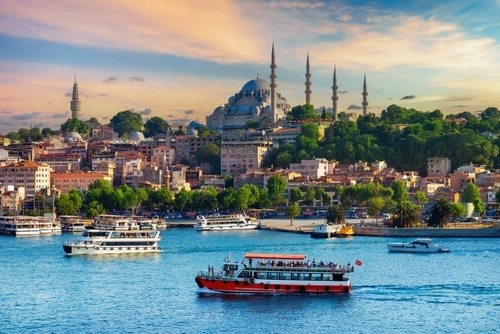Fukushima Travel Guide
Fukushima Tourist Attractions
Fukushima Featured Restaurants
The name of Fukushima Prefecture has some unfortunate associations given recent history, but the area is so much more than its past trauma. Against the odds, this part of Japan has made a stunning recovery, and is restored to its former glory as a hub of history, nature, and agriculture.
The prefecture is dominated by mountains, with its cities and towns — including the capital, Fukushima City — resting in the basins and valleys between. These places were once hubs of samurai culture, and they’re still dedicated to preserving the horse-riding traditions of their ancestors even now. You’ll find plenty of charming castle towns just packed with history dotted around the region, one of the best being Tsurugajo Castle.
In the middle of Fukushima, you’ll find the formidable Inawashiro Lake, which stretches across a full 100 square kilometers. Here and throughout its many mountains are some excellent spots for natural beauty and adventure, such as the Tadami Bridge Viewpoint, dozens of fantastic parks, and the picturesque Higashiyama Onsen town. Winter sports are also very much on the cards too, with a generous amount of snowfall blanketing the mountains each year.
The remarkable speed with which Fukushima has bounced back from disaster, and begun to truly flourish, is testament to the spirit and fortitude of its people — these are samurai folk, after all!
What to eat in Fukushima?
What are the best things to do in Fukushima?
Is Fukushima safe to visit?
What is Fukushima famous for?
What to buy in Fukushima?
Sign up for insider tips & sneak peeks into the diverse world of dining in Japan
 Tokyo
Tokyo Osaka
Osaka Kyoto
Kyoto Hyogo
Hyogo Hokkaido
Hokkaido Nara
Nara Fukuoka
Fukuoka Hiroshima
Hiroshima Kanagawa
Kanagawa Ishikawa
Ishikawa Florence
Florence Paris
Paris Rome
Rome Porto
Porto Barcelona
Barcelona New York
New York Venice
Venice Madrid
Madrid Marrakesh
Marrakesh Istanbul
Istanbul


